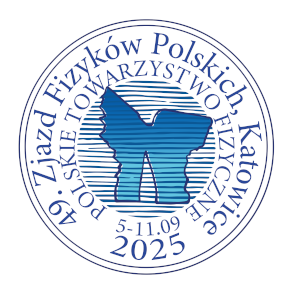Speaker
Description
The LEGEND experiment has been designed to search for neutrinoless double-beta decay (0vbb) in Ge-76. Its discovery would have profound implications for neutrino physics and cosmology providing unambiguous evidence for the Majorana nature of neutrinos, lepton number non-conservation and the absolute neutrino mass scale. The LEGEND-1000 detector represents the ton-scale phase of the LEGEND program, following the current intermediate stage called LEGEND-200 and currently carried out at LNGS in Italy. The LEGEND-200 (L-200) first results are based on 61 kgxyr of exposure. Data from GERDA and the Majorana Demonstrator were combined with L-200 for a joint analysis, yielding a 90% CL sensitivity of 2.8x10^26 yr and setting a new lower limit of >1.9x10^26 yr, for the half-life of 0vbb. Assuming the decay mechanism is mediated by the exchange of a light Majorana neutrino, this half-life limit corresponds to an upper limit on the effective Majorana mass of mbb <75-200 meV.
The LEGEND-1000 will be based on p-type, inverted-coaxial, point-contact germanium detectors enriched in Ge-76 up to about 90 %. The detectors will be operated in an active shield based on underground argon (argon extracted from an underground source, depleted in Ar-39 and Ar-42). This approach proved to guarantee the lowest background levels and the best energy resolution at the decay Q value. The anticipated quasi background-free operation will allow for 0vbb decay in Ge-76 at a half-life beyond 10^28 yr and a discovery sensitivity spanning the inverted-ordering neutrino mass scale.
The LEGEND-1000 Collaboration is successfully seeking funding from US and European agencies. The construction of the detector in Hall C of the underground laboratory of LNGS in Italy should start in 2026 and will take about 8 years. Start of data taking is foreseen for 2029.

